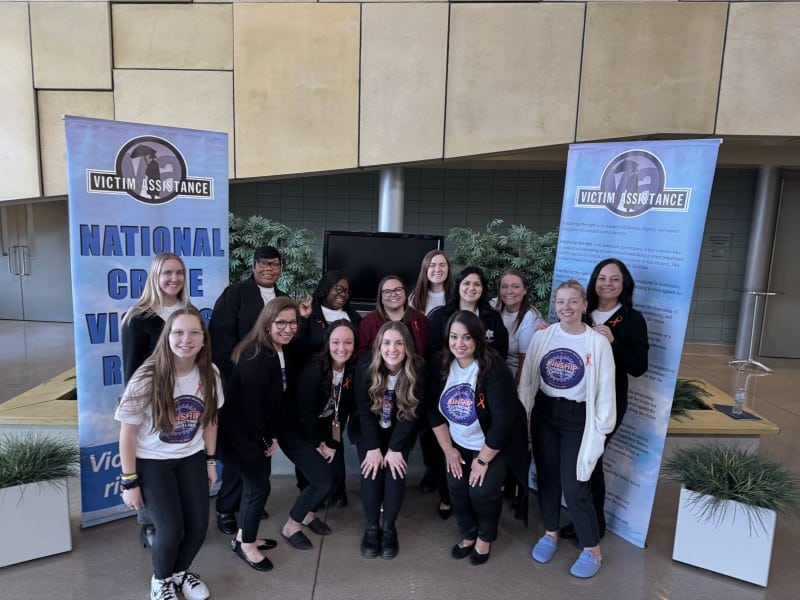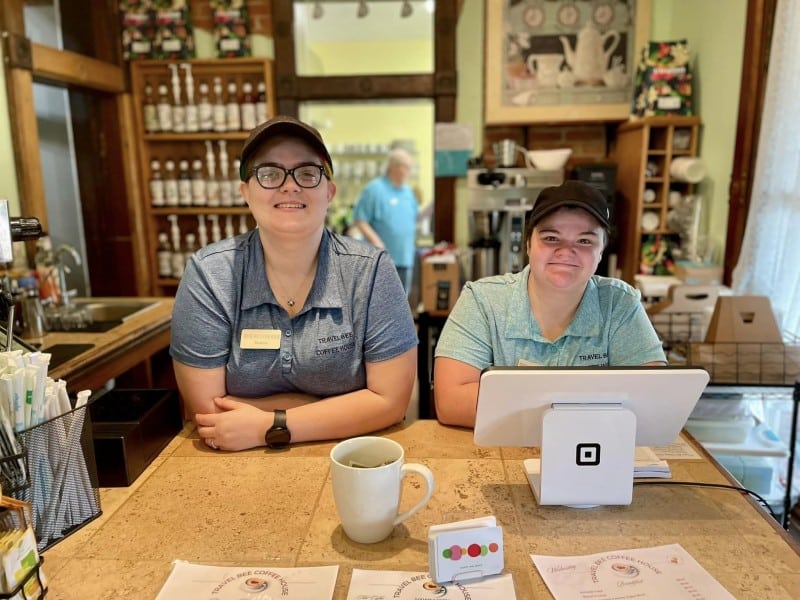Pop-up clinics bring COVID-19 vaccines to Northeast Indiana’s vulnerable, underserved residents
Parkview Health shares how it’s using data and community collaborations to move the needle on Indiana’s vaccination rates.

By the time the first COVID-19 vaccination, Pfizer, was approved by the FDA for emergency use in December 2020, Michelle Charles was working with a team of employees from 20 departments throughout Parkview Health’s Northeast Indiana network to develop a plan for vaccinations.
Charles is Vice President of Nursing Informatics at Parkview, and in November 2020, she was assigned to lead the hospital network’s vaccine efforts in the region. Through simulations and research, her team decided to create a mass vaccination clinic, which, on their highest day, gave more than 1,400 shots to Hoosiers in the region.
Their peak number of shots per day was in April 2021. Charles says Fort Wayne is now seeing a downtrend in the demand for vaccines. They do roughly 400 shots a day, and the clinic is open three days a week for four hours.
This lowering demand for vaccines is not unique to Fort Wayne. According to CIDRAP in early June, national vaccination rates have dropped to fewer than 1 million shots given per day. This decline is more than 70 percent lower than the nation’s peak vaccination rate of 3.4 million shots per day in April.
A significant decrease in vaccinations happening locally and across the country poses a challenge to the need for 70 percent of the U.S. population to be vaccinated to achieve what many health experts identify as “herd immunity” against COVID-19, according to the Mayo Clinic. As it stands, approximately 46 percent of Americans are fully vaccinated against the virus, according to Our World in Data.
As the demand for shots at Parkview’s mass vaccination clinic decreases, Charles and her team knew there was more work to be done to serve the community and combat the virus. Using pop-up clinics, they are working to move the needle and reach more residents with the vaccine, including those who are vaccine-hesitant and those facing barriers to accessibility.
***
When it comes to vaccine hesitancy, Charles says it can stem from a multitude of reasons.
“There are people who don’t take regular vaccines, flu vaccines, much less COVID vaccines,” says Charles. “This is a new vaccine. It’s still under emergency use, but Pfizer and Moderna both have asked for full regulatory waiver from the FDA.”
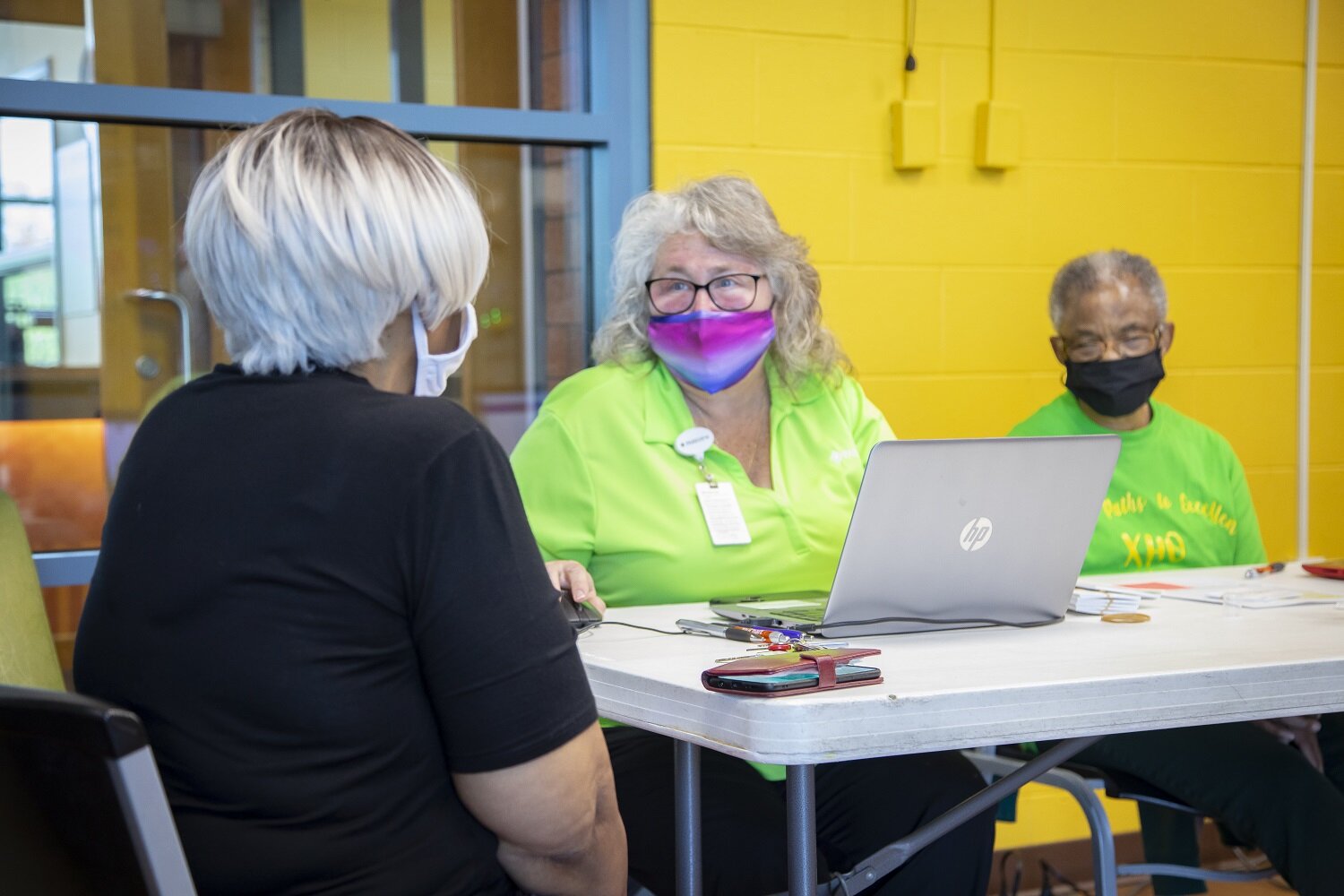
According to the CDC, the COVID-19 vaccines have undergone tens of thousands of clinic trials and have proven to be safe and effective with limited side effects, such as a headache or tiredness immediately following the vaccination, if any side effects at all.
Charles says that, along with hesitancy from the expedited creation of the COVID-19 vaccines, there’s also race-based hesitancy in the U.S. due to the way medical studies, like the “ethically unjustified” Tuskegee Study of Untreated Syphilis in the Negro Male, have been used to harm Black and Brown Americans in the past.
Repercussions of the Tuskegee Study persist today, Charles says, causing distrust of medical professionals and services among African Americans, in particular. When reviewing the data, she found that the African American community, as well as the Hispanic and Burmese communities in Fort Wayne, were among the populations with the lowest vaccination rates. This is similarly reflected in the national vaccination rates, where approximately 60 percent of those vaccinated against COVID-19 are White, 9 percent are African American, 15 percent are Hispanic, and 6 percent are Asian, according to the CDC.
Beyond a lack of trust in vaccinations, accessibility to the vaccine proves to be another key obstacle stifling vaccination rates in these communities. As a result, Charles and her team are bringing vaccine education and shots directly to neighborhoods in need in the Fort Wayne area through pop-up clinics.
***
When it comes to building trust among Fort Wayne residents needing access to COVID-19 vaccines, Carmen Moore, Manager with Parkview Community Nursing, emphasizes that representation among the nursing and healthcare staff serving Black and Brown neighborhoods is of the utmost importance.
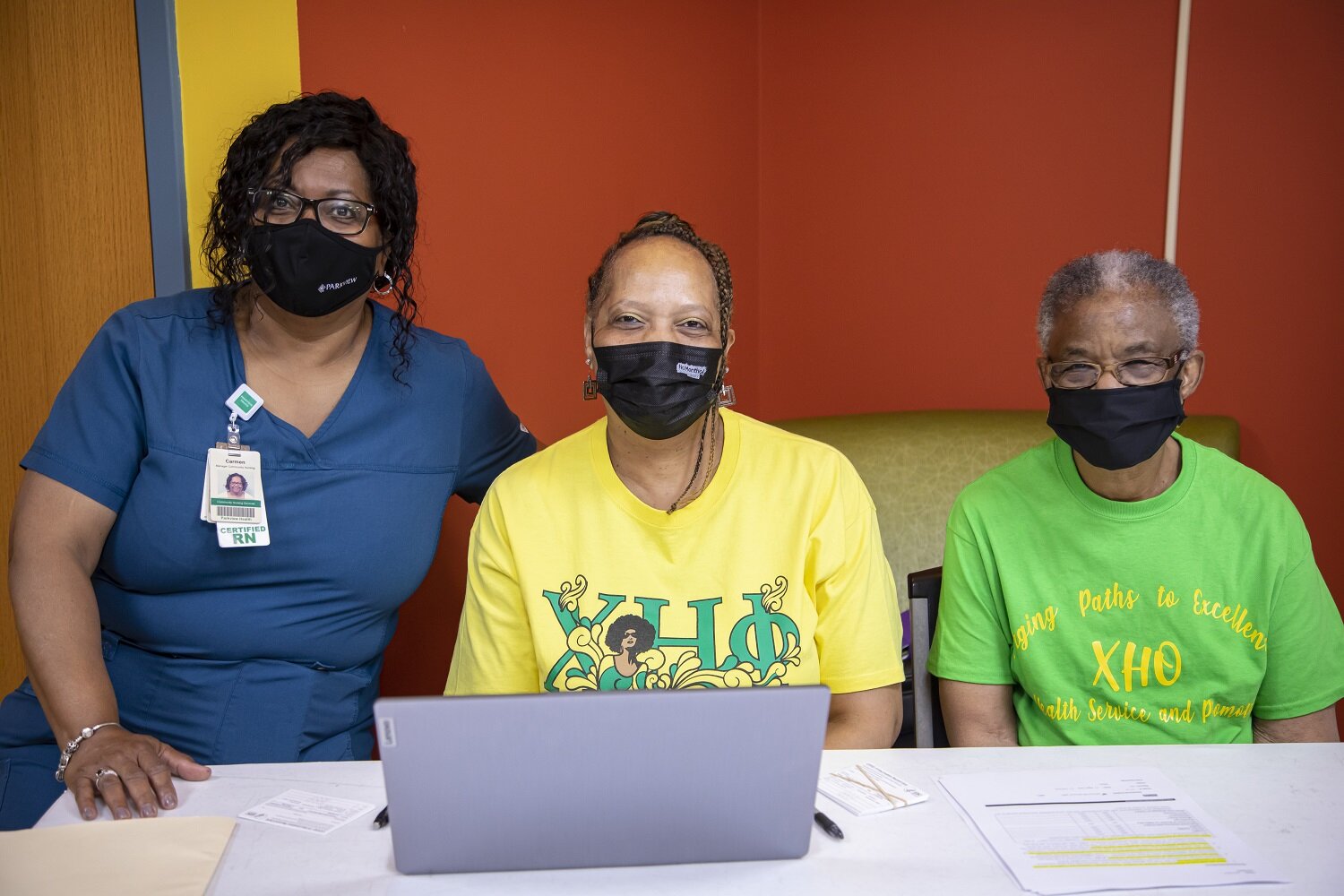
Her team at Parkview Community Nursing is partnering with the local nursing sorority, Chi Eta Phi, of which she is also a member. This sorority is a group of professional, registered African American and Hispanic nurses who already work in Fort Wayne neighborhoods, serving Black and Brown families. Thus, Parkview is equipping these nurses with immunization information and vaccine access for the populations they serve.
“Our sorority is going into the African American, Hispanic, and the Burmese communities with healthcare workers who look like them to increase engagement,” Moore says. “This is one of our service projects, and we’re helping make these connections happen. It’s so important to serve these people in our community who look like us and to connect with people who look like us. Helping with that educational piece is so important for us to do.”
***
To pinpoint the exact locations in Fort Wayne where residents would benefit the most from pop-up clinics, Parkview has used zip code data to determine which neighborhoods have the lowest vaccination rates.
“Zip code data tell us, ‘Hey, this is where there’s a lack of shots,’” Charles says. “Our mission for the community vaccines is to give shots to the vulnerable and underserved and to take it to where people live and where they work.”

Pop-up clinics are intended to serve residents who work odd hours or multiple jobs and may not be able to take time off work to get vaccinated. They might also lack access to a vehicle or public transit to reach a vaccination site.
While there is still work to do, Charles says the City of Fort Wayne is close to achieving a 50 percent vaccination rate. Two areas, in particular, where she highlights improvements are in the 46803 and 46806 zip codes. These neighborhoods were formerly red, meaning only 0-15 percent of the population was vaccinated. Now the ‘03 zip code is now up to 26.3 percent vaccinated, and the ‘06 is up to 31.7 percent vaccinated, according to IN.gov.
Along with barriers to vaccine access in recent months, Fort Wayne’s ‘03 and ‘06 zip codes have long faced barriers to other necessities and amenities in the city. As formerly redlined districts, much of these areas are considered food deserts and have experienced some of the highest poverty rates in Indiana, with almost 51 percent of residents in the ‘03 living below the federal poverty line in 2019.
While zip code data has given Parkview some insight into which neighborhoods to focus their efforts on, leaders within local African American, Burmese, and Hispanic communities have also reached out to Parkview, seeking vaccine education and access. As a result, pop-up clinics have been held everywhere from a Burmese Mosque, to Saint Joseph’s Catholic Church, to the Renaissance Pointe YMCA, and more locations.
In this way, the community is helping to direct Parkview’s vaccination efforts, too.
“We’re really out here with the mission of serving the community,” says Charles.
***
In addition to identifying neighborhoods with low vaccination rates, Parkview has also vaccinated roughly 100 home-bound residents and brought vaccines to homeless populations in Fort Wayne, utilizing pop-up clinics at places, including the Rescue Mission, the Salvation Army, and the Charis House.
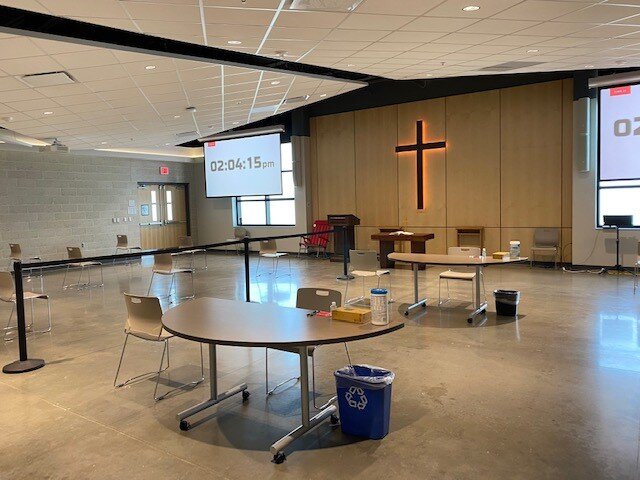
Prior to COVID-19, Parkview community nurses were already providing programming and services to the local homeless community. President and CEO of Fort Wayne’s Rescue Mission, Donovan Coley, says that within the first six months of this partnership, emergency room visits for Rescue Mission clients were down by 80 percent.
While much programming has been put on hold throughout the pandemic, Moore says the services community nurses provide to Fort Wayne’s homeless population could not be paused. In fact, they expanded, opening a “quarantine hotel” where homeless residents who tested positive for COVID-19 or had symptoms were isolated and received the healthcare they needed.
As such, the ongoing relationship between Parkview and the Rescue Mission naturally made the Mission an ideal site for a vaccination clinic.
“People at the Rescue Mission were so excited to get their shots,” Charles says. “We did it during dinner one night, and I think we administered more than 50 shots, so it was a great turnout.”
Whether a clinic results in 50 vaccinations or just one, Charles is thankful that pop-up efforts are making a difference in Fort Wayne’s community. She hopes to continue to vaccinate Allen County residents, as long as the demand is there because she knows firsthand how dangerous COVID-19 can be.
“As a nurse, I’ve seen these patients in the ICU on the ventilator,” Charles says. “I’ve seen patients where their families can’t even go in the room and see them or are saying goodbye via Facebook. This is where we were last year, so my little share of being able to give vaccines is very rewarding to me. I remember where we were, and I don’t ever want us to go back that way again.”
This story was made possible by Parkview Health.


